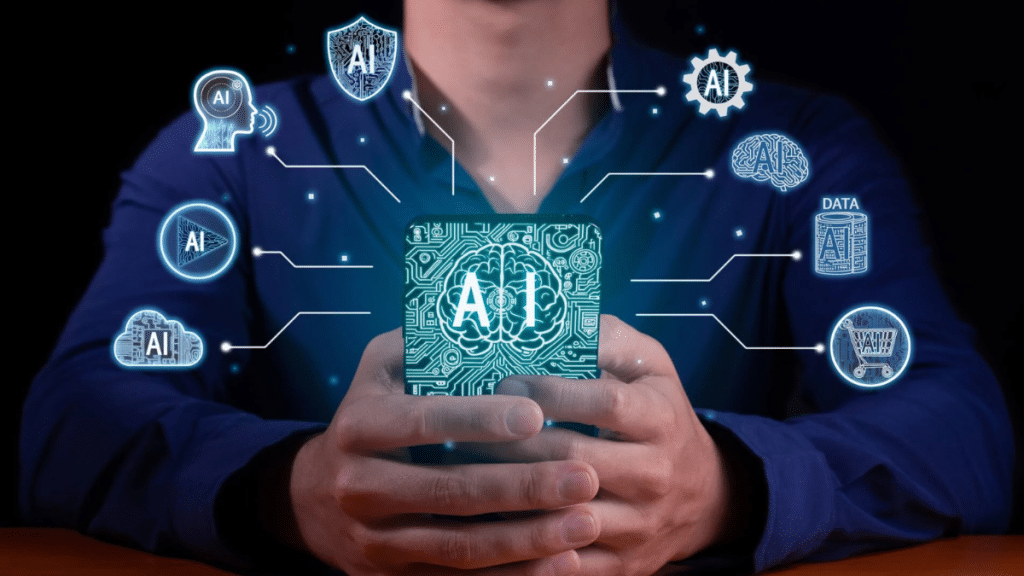In the contemporary business world, “innovation” is no longer a buzzword reserved for Silicon Valley startups. It’s the critical engine for survival and growth for every organization, in every industry. But as powerful technologies like Artificial Intelligence (AI) and automation move from the fringes to the core of business operations, the nature of innovation itself is changing.
It’s no longer just about a single breakthrough product or a clever marketing campaign. Today, sustainable innovation is about building an entire organizational culture that is agile, data-driven, and relentlessly focused on creating new value. And at the heart of this culture is a new breed of leader: the Digital Leader.
These leaders are not necessarily tech gurus or data scientists. They are strategic, forward-thinking executives who understand how to harness the power of technology to unlock human potential and drive their business forward. They don’t see AI and automation as threats to be managed, but as powerful tools to augment their teams’ capabilities and create a sustainable competitive advantage.
Beyond Efficiency: AI as a Catalyst for Growth
Many companies make the mistake of viewing AI and automation primarily as cost-cutting tools—a way to automate repetitive tasks and reduce headcount. While efficiency is certainly a benefit, true digital leaders see a much bigger opportunity. They understand that these technologies can be a powerful catalyst for top-line growth and innovation.
This strategic mindset is a hallmark of effective leadership in the modern era. For senior executives looking to cultivate this perspective, a world-class executive education program can be transformative. A prestigious and rigorous program, such as the IIM Calcutta leadership program, is designed to elevate strategic thinking, exposing leaders to global best practices and challenging them to re-examine their assumptions about technology and business models.
Here’s how digital leaders are using AI and automation to drive innovation:
1. Augmenting Human Creativity, Not Replacing It
Digital leaders champion a “human-in-the-loop” approach. They use AI to handle the mundane, data-heavy tasks, freeing up their talented employees to focus on what humans do best: creative problem-solving, strategic thinking, and building relationships.
- Example: In a marketing team, AI can analyze thousands of data points to identify a promising new customer segment. It then passes this insight to the human marketers, who use their creativity and market knowledge to craft the perfect campaign to reach that segment. The AI provides the “what,” and the humans provide the “so what.”
2. Data-Driven Experimentation at Scale
Innovation requires experimentation, and digital leaders use AI to run thousands of experiments simultaneously, at a scale that would be impossible for humans alone.
- Example: An e-commerce company can use AI to test hundreds of different website layouts, product recommendations, and pricing strategies at the same time. The AI automatically analyzes the results in real-time and doubles down on what works, creating a cycle of continuous, data-driven optimization and innovation.
3. Uncovering “Unknown Unknowns” and New Opportunities
One of the most exciting aspects of AI is its ability to find patterns and insights in data that humans would never think to look for.
- Example: A pharmaceutical company might use an AI to analyze millions of scientific papers and clinical trial results. The AI could uncover an unexpected correlation between two different compounds, leading to a breakthrough in developing a new drug, an opportunity that was hidden in plain sight within the data.
4. Personalization as a Driver of Innovation
Digital leaders understand that in a crowded market, personalization is a key differentiator. They use AI to move beyond broad market segments and create truly one-to-one experiences for their customers.
- Example: A media company can use AI to create a unique, personalized content feed for every single user, based on their past behavior and preferences. This doesn’t just improve the user experience; it also provides a rich stream of data that can inform the creation of new shows, articles, and other content.
The Cultural Shift: Building an Innovation-Ready Organization
Technology is only part of the equation. A digital leader’s most important job is to foster a culture where innovation can thrive. This involves:
- Promoting Psychological Safety: Creating an environment where employees feel safe to experiment, voice unconventional ideas, and even fail without fear of reprisal.
- Breaking Down Silos: Encouraging cross-functional collaboration between data scientists, product managers, marketers, and other teams.
- Investing in Skills: Championing continuous learning and providing the resources for employees to develop their digital literacy and data skills.
Cultivating these leadership capabilities is a journey. This is why specialized executive education focused on digital business leadership is so valuable. These programs are specifically designed to equip leaders with the skills to not only understand the technology but also to lead the profound cultural and strategic shifts necessary to build a true innovation engine.
Conclusion: The Human Touch in an Automated World
The age of AI and automation is not about the rise of the machines; it’s about the rise of a new kind of human leader. The leaders who will define the future are those who can build a symbiotic relationship between human talent and intelligent technology. They will be the ones who can look beyond the immediate efficiency gains and see the bigger opportunity: to use AI and automation to unlock new sources of creativity, uncover new markets, and build more innovative, resilient, and ultimately, more human-centered organizations.
